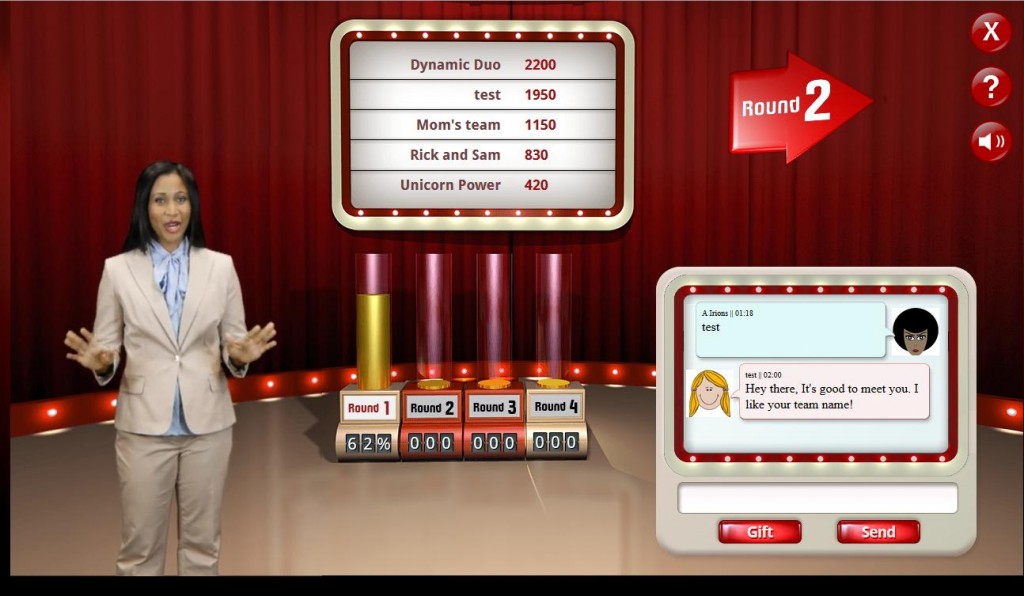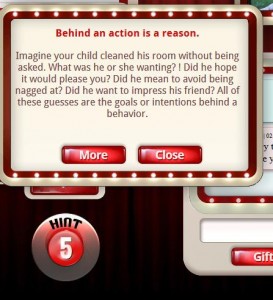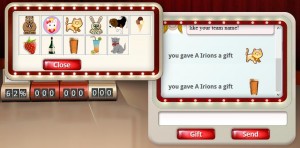In this dream, I was at a work party, at the project’s wealthy patron’s house, with catered fancy food and bigshots from entertainment and technology. I didn’t know many people, and followed the host around a bit, saying hi to various senior investors and bigshots by the project organizer. It was OK but I broke away, sat down, ate the salad that had been served at this huge mostly empty table. I ate quickly, having not much to do, and then sat sipping the water, not sure what to do until the main course came.
This rangy thin elderly guy, familiar looking, came tripping in the front door like he owned the place, kind of restless and looking for fun. He threw himself down next to me and said “so this is the party eh?” and I realized he was Mick Jagger. I’m not a huge fan but I felt interested and excited to talk to him. Mick drank water and told me that he had a small part in this project, had just finished it, and had a free evening before flying home, heard about the party, decided to drop by. He didn’t look too excited by what he saw, and I expected him to jump up and leave at any second, but he was sincere when asked about me and my role in the project. I gave him the basics quickly and well: I was a lead interaction designer on a big commercial entertainment software project for a super wealthy patron. The project was going OK but not great, and I was shouldering a lot of production stress. He was interested, a bit.
With genuine curiosity, he said “wow, yeah, so you must have every, every polygon in the scene memorized…” waving his hands around a complex imaginary scene. In that moment I wanted him, a veteran, a master of crafting experiences, live and recorded, to understand, to see how software designers are unlike artists whose works have a timeline.
I imagined him as a songwriter, designing the song, deciding exactly what feeling should occur at each moment in the song. Maybe at time 1:42, the rowdy song goes calm, and the lead vocal and drums deliver an intimate touching point…then at 1:55 a wall of sound breaks over the listener, taking them to an emotional high, and then at 2:04 it gets crazy and dissonant for 3 beats, and so on.
I imagined how my work would look to him. The most understandable part would be the story, but this is the last part, for me. The character, the weapons, the setting, even the backstory, yes. But the story? It’s not the crux of the challenge.
The magic of games is created in dynamic interaction with software. Yes, the interplay between story, architecture, music and character design, are all important parts. But, if those are all successful, the remaining challenge is creating fun systems. Mechanics, as game designers call them. Player controls and reactions, second by second, fit and reveal game rules, the larger, slower interactions. We combine familiar tropes and experiences – WASD controls, powerups, slide-rail levels, tired old puzzles, slot-machine style dramatic chance moments – all those various familiar temporal loops to try for joy, satisfaction, surprise, without frustrating or boring the player. Chaining together delightful experiences without repeating is tough.
Like an improv play, designing the set is important, but not the crux. It’s designed like fantasyland architecture, like designing a Disneyland or a public park. The interesting part isn’t the 1870’s Alaska or 3934 Mars: it’s solving the architectural puzzle: create distant attractions so players move through the space, choose a certain width and friction of the walkways, so players are forced to notice or interact with certain points. You assemble a few ‘wow’ moments where the line of sight opens up to something gorgeous… but these are not the main part.
In all games except single-player, the other players are the more important and most frustrating design element to work with. It’s like throwing a party – you can dictate every detail of the venue and choose music, lighting, food, knowing none of those define the experience as much as avoid ruining it. You don’t know who’s coming to the party. Parties are mostly fun when the right people are there – surprising conversations, interesting new perspectives. In games players rarely have the freedom to surprise each other in those fundamental ways. Most guests play ‘by the rules’, trying for a specific goal of the game (though plenty are pranksters or wanderers, who ruin or miss designers’ beautiful experiences). Designers are expected to make these single-minded guests interact in fun ways, using crude carrots and sticks like treasure hunts for keys for locked gates, scarce resources, and cooperative traps but somewhere, somehow the game must also get out of the way and let the guests create their own experience.
The lack of control, the ‘something from nothing’ – that is the sweet torture of being a multiplayer game designer.
The dream, the party, Keith began to fade as I rose out of sleep thinking all this. My last recollection was Mick, slouched in his chair, sipping water as he watched me struggle to find words. “The audience always has to surrender to the experience we create, right? Songwriter, filmmakers, or game designer. But game designers have to surrender to our audience, in a different way. We kind of surrender to each other.”




